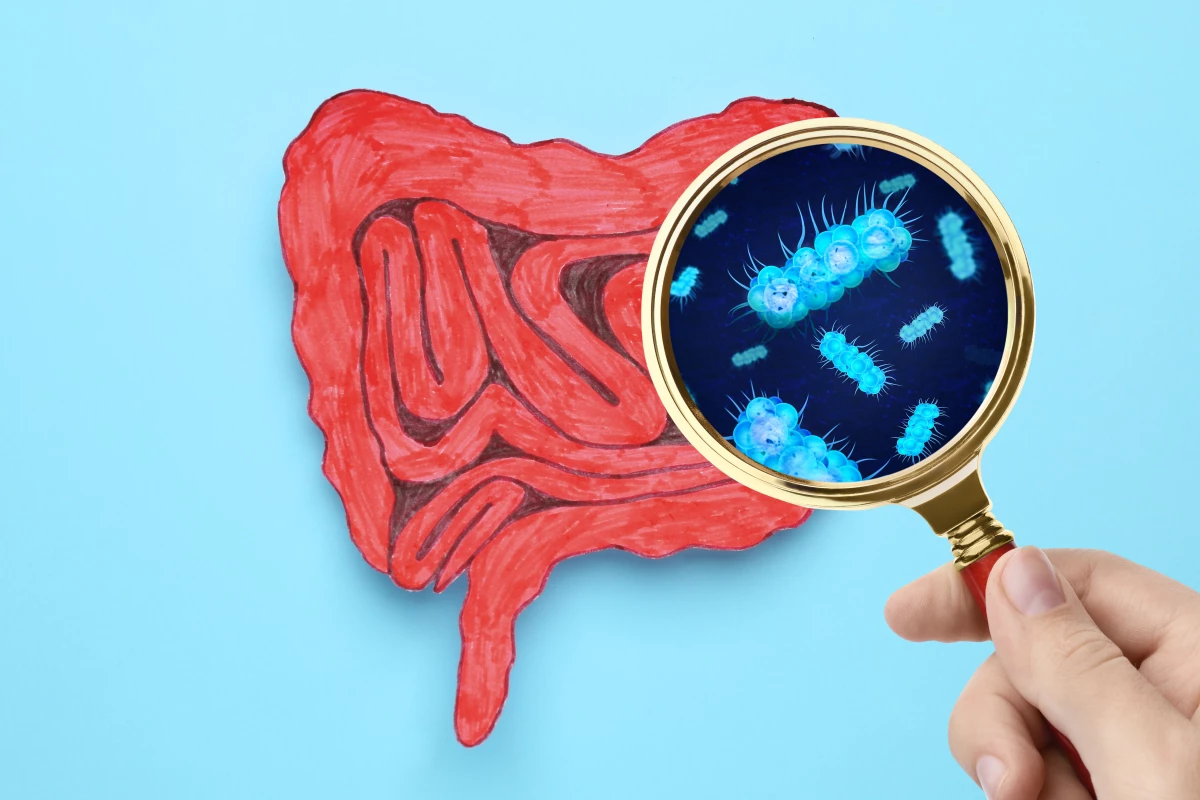A first-of-its-kind study investigating the effects of a common food additive on human gut bacteria has found the emulsifier carboxymethylcellulose can alter the quality and composition of the microbiome and potentially increase a person’s risk of chronic intestinal inflammation.
Many food additives approved for human consumption across the 20th century were generally understood to be safe based on research showing they mostly pass through our intestines unabsorbed and are eliminated in feces. However, our growing understanding into the relationship between the vast population of bacteria in the gut and our general health has led many researchers to reevaluate the effects of these chemicals previously thought to be harmless.
Titanium dioxide, for example, was used for decades as a white food coloring agent. Long thought to be essentially non-toxic it was only recently that scientists discovered the chemical's profound effect on the gut microbiome, particularly when delivered in the form of nanoparticles. Many countries in the world have now banned the additive from foods.
Carboxymethylcellulose (CMC) was originally approved as safe to use in foods in the 1960s. It is commonly used as a thickening agent or emulsifier, and listed under E numbers 466 or 469. It is also sometimes referred to as "cellulose gum" and added to foods as "dietary fiber."
Recent lab and animal studies have indicated CMC may perturb the gut microbiome and promote the development of inflammatory disease. But, the effect of CMC on animals doesn’t necessarily mean it is harmful to humans. So this new research set out to systematically test how CMC influences the human gut microbiome.
Sixteen subjects were recruited for what is known as a controlled feeding study. For 11 days the participants were admitted as inpatients into a controlled hospital environment and either received a diet supplemented with CMC or a diet free of CMC.
At the end of the study notable changes were detected in the gut bacteria populations of the CMC group compared to the control fed the same diet but without CMC. Alongside bacterial changes, alterations to bacterial metabolites, including reductions in short-chain fatty acids and free amino acids, were detected.
“We observed stark changes in gut microbiota, fecal metabolome and, in a subset of the participants, encroachment of microbiota upon the gut epithelium,” the researchers write in the newly published study. “The predominant changes in the fecal metabolome upon CMC feeding was loss of purportedly beneficial metabolites. We envision this change likely reflected loss of key taxa and/or general disruption of microbial community homeostasis.”
The researchers are clear to note that the short duration of the study means it is impossible to directly link CMC consumption with the development of chronic gut inflammation. However, it is noted that all of the changes detected in the short study do correlate with biomarkers previously associated with inflammatory diseases.
"It certainly disproves the 'it just passes through' argument used to justify the lack of clinical study on additives," adds Andrew Gewirtz, senior author on the study.
Moving forward, the study indicates CMC levels can be effectively measured in feces. This offers a future blueprint for studying the food additive in populations with chronic inflammatory diseases.
It is also noted that high levels of CMC were given to the study participants (15 grams per day). This is higher than most people would naturally consume but the study indicates this could, “approximate the total amount of emulsifier consumption by persons whose diets are largely comprised of highly processed foods that contain numerous emulsifiers.”
Ultimately, the researchers hypothesize CMC could be playing some kind of role in the rise of chronic gut inflammatory disease over the past few decades. Of course, this singular food additive is not suspected to be the sole cause of inflammatory disease, but instead it may contribute to a person’s overall risk of developing gut inflammation.
“That the post-mid-20th century increased incidence of chronic inflammatory diseases has been roughly paralleled by increased consumption of highly processed foods has long suggested the possibility that some components of such foods promote inflammation,” the researchers conclude in the study. “Appreciation of the role of the intestinal microbiota in driving inflammation led to interest in food additives capable of perturbing the host-microbiota relationship.”
The new study was published in the journal Gastroenterology.
Source: Georgia State University




